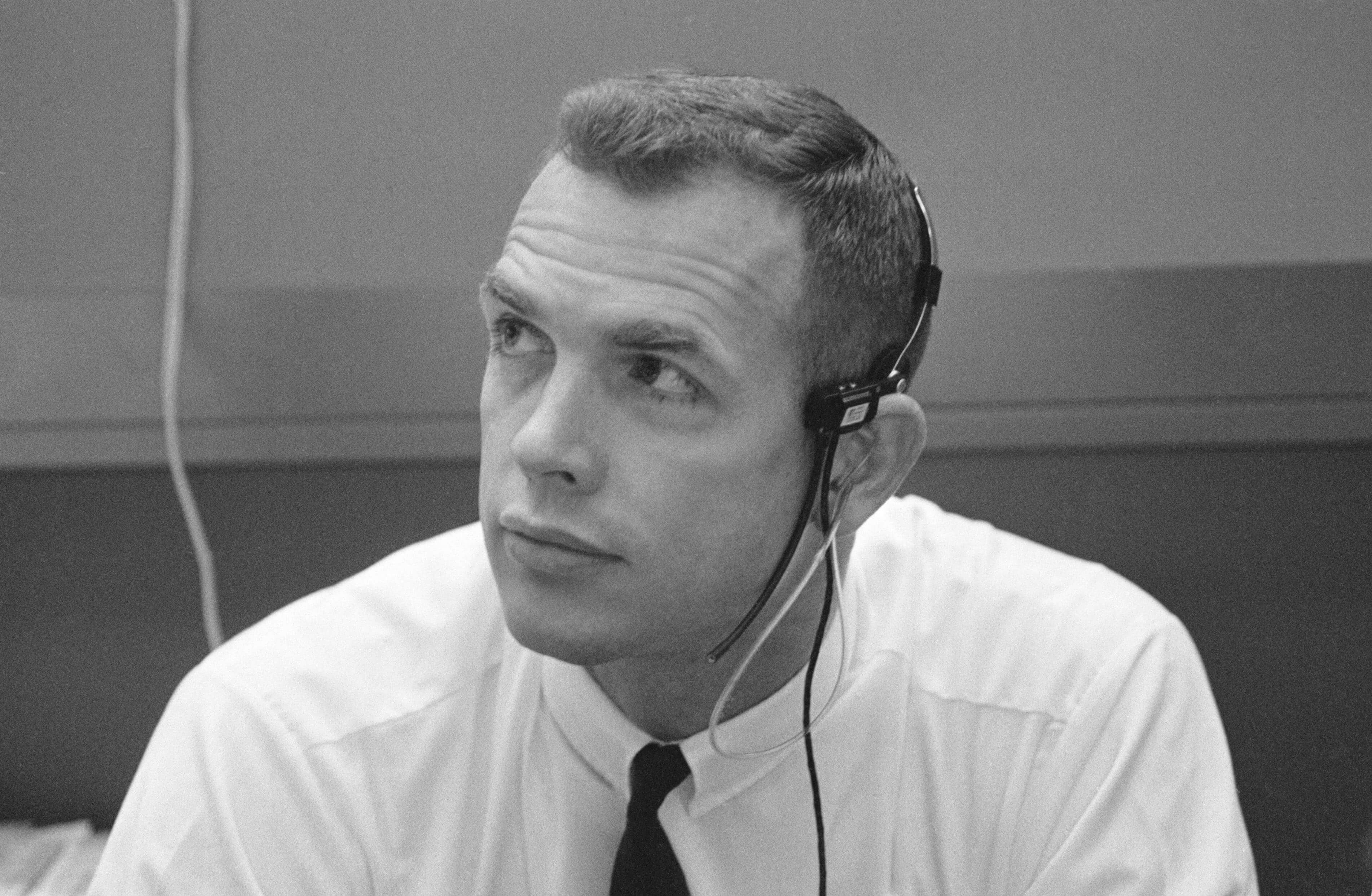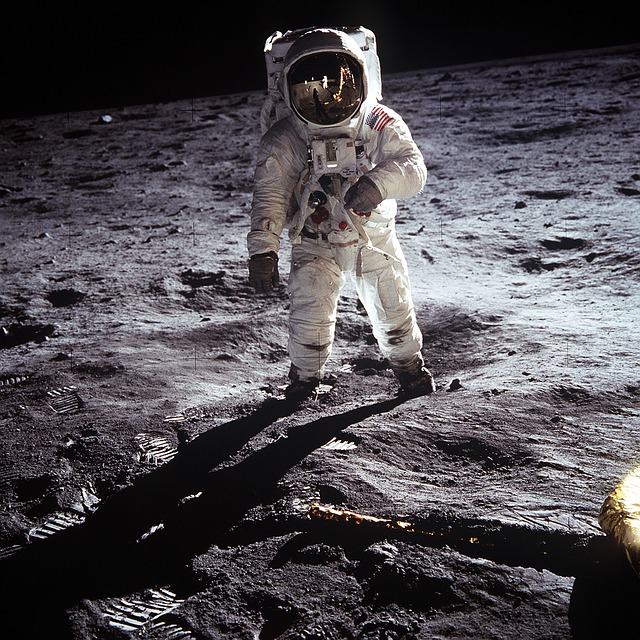Last week saw the 50th anniversary of the moon landing. On the 16th July 1969, Apollo 11 left the earth carrying Armstrong, Aldrin, and Collins on their historic journey to the moon. Four days later, the pioneers landed on the surface of the moon. Armstrong and Aldrin spent over 2 hours on the moon’s surface collecting over 20kg of lunar materials to bring back to earth.
To most people, getting a human to the moon would have seemed impossible. But 400,000 Apollo
As humans, we constantly try to push boundaries. We pursue a better world through creation. The same is true in business, and we can still learn from the Apollo achievements, 50 years on:
1. Think bigger

On April 12th, 1961 Yuri Alekseyevich Gagarin became the first human to venture into outer space, orbiting the Earth as part of mission Vostok 1. A handful of years later NASA took the achievements of the Russians to the next level with the Apollo programme. The space race was similar to the modern-day competition between corporate giants like Google and Apple. Take a look at your mission, vision, and purpose and remember that we put a man on the moon. Can you do more?
2. Recruit better

NASA needed hundreds of thousands of skilled individuals (not to mention the astronauts themselves!) to believe in the vision and to make it happen. Recruitment followed roughly the same processes we use today. Neil Armstrong himself answered an ad in the paper, much like we answer postings online today. Finding the right people must have seemed nearly as impossible as getting to the moon. It goes without saying that to reach your company’s goal you need the right talent. Luckily, Kalido can match you effortlessly with the skilled individuals you need through the power of rich profiles and powerful AI.
3. Deploy people effectively

Hiring the correct talent was only half the work when it came to human capital for NASA. Tens if not hundreds of thousands of skills needed deploying effectively across multiple locations. The smallest of errors in judgment or inefficiencies would result in mission failure or worse, loss of life. Fifty years on and companies are faced with similar skill deployment challenges on a monthly, if not daily, basis. To deploy teams and people effectively, we need to know the skills available to us. Kalido helps you to uncover the skills you have and can help you identify people with the skills you need, in realtime.
4. Communicate well

During the mission itself, only one person, known as the capsule communicator or ‘CAPCOM’ had communication with the spacecraft itself. Behind the scenes, however, thousands of people at mission control were communicating via face-to-face discussions, telephone conversations, and handwritten notes. Half a century later, modern open offices
5. Plan for success

Of all the actions taken in the lunar mission, we focus on actually getting there as the pinnacle achievement. What often goes unheralded is what happened after landing on the moon. The Apollo engineers and astronauts returned BACK from the moon safely on 24th July 1969. As a company, question what happens when your organisation reaches its goal. You need a plan for what happens next or revert to number one above and question whether the goal was lofty enough in the first place.
If we have learned anything from the moon landing is that number one ‘think bigger’ is always true. Since July of 1969, space explorers across Earth’s great nations have sent probes to the far extremities of our galaxy, sent discovery rovers, discovered how the solar system was formed and launched a Tesla into a cross orbit with Mars. As companies, as teams, and as individuals we can always do more, and be better.

